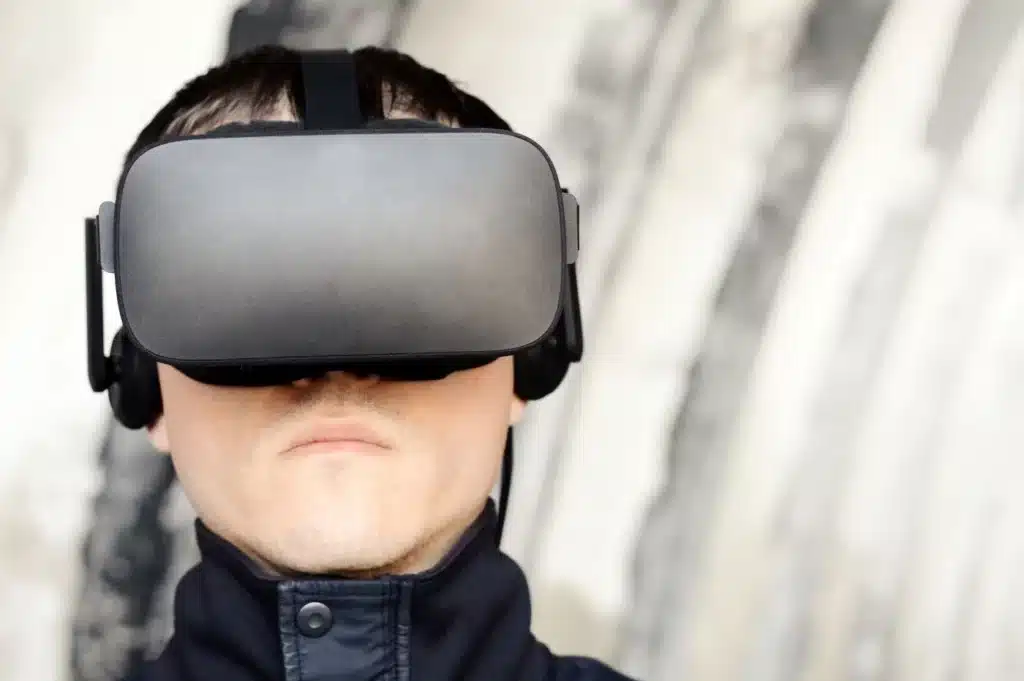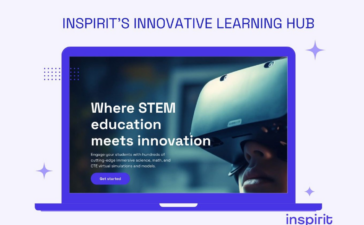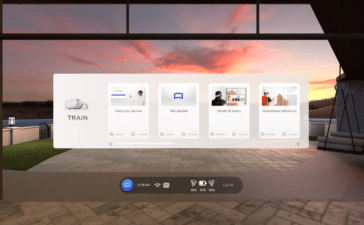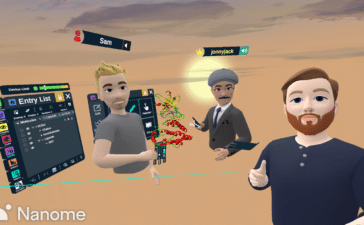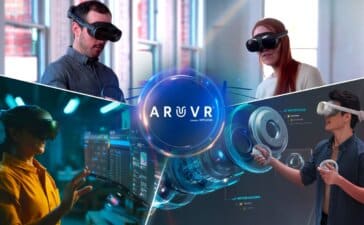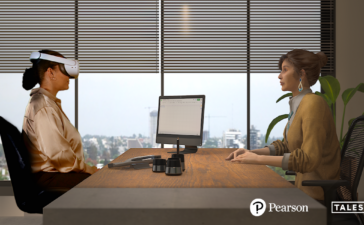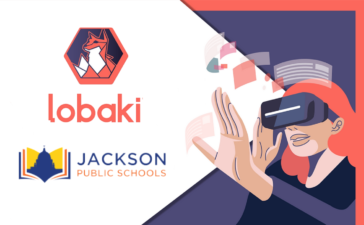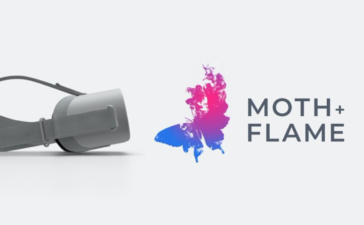How Virtual Reality Is Revolutionizing Police Training
Law enforcement officers face various complex and challenging situations where they must respond to high-risk incidents involving armed perpetrators. Unfortunately, police officers in the US only receive less than six months of police training—which is where virtual reality comes in.
Using VR helps augment the need for more in-depth training in a safe and immersive training environment. It also helps further hone their skills, allowing them to effectively manage a more comprehensive array of situations, including highly stressful and unpredictable scenarios.
In this article, we’ll explore virtual reality’s role in police training, its benefits, and some real-life applications.
Why VR Is an Effective Training Tool
VR has many police training applications, allowing officers to improve their interactions with their communities and help them develop the necessary reactions in a more controlled environment. It provides law enforcement officers with immersive experiences close to real-life situations, which can help improve their learning and performance compared to more traditional training methods. With virtual reality police training, users can interact with a simulated environment that reacts accordingly, making them feel like they’re really there.
As a police training tool, VR can be used to enhance existing aspects of training, according to a study by Laura Giessing of Heidelberg University. It has the potential to help officers become better equipped to face critical incidents on duty by acquiring skills and tactics that can be readily applied when facing high-stress situations.
Benefits of VR in Police Training
Aside from helping law enforcement officers further develop skills such as communication, de-escalation, or intervention, it can also help them build empathy. Developing empathy allows officers to become more effective on duty by better understanding what a particular subject is going through.
Using VR as a police training tool has several key benefits, including:
Officer Safety
Police officers face complex and potentially dangerous scenarios in their line of work. Using VR for police training allows them to immerse in those scenarios without the risk of physical harm.
Access to Realistic Simulations
Virtual reality can simulate realistic scenarios that elicit the same reactions as their real-world counterparts. These simulations give officers the opportunity to continuously expose themselves to the simulations and gain as much experience as possible before facing similar situations in the field.
Customizable Scenarios
The great thing about using virtual reality in police training is that it’s a scalable and customizable solution. This means that training academies or organizations can create custom scenarios that align with changing needs and industry best practices.
Enhanced Decision-Making Capabilities
By exposing officers to realistic simulations, they can hone their critical thinking, problem-solving, and communication skills. VR training can also be modified to simulate increasingly high-stress or high-risk situations, helping officers learn how to effectively handle and de-escalate such scenarios at a more manageable pace.
Focus on Evaluation and Debriefing
VR can also help officers learn how to best evaluate a scenario and execute more in-depth debriefing sessions. That’s because users can replay different scenarios, allowing them to analyze each segment in more detail.
Real-World Examples of Police VR Training
Many police departments and organizations in the US and abroad already use VR for police training. These include:
Sacramento Police Department
This department uses immersive video simulators to recreate real-world scenarios, providing its officers with cultural competency and implicit bias training. Officers are also educated about proper decision-making and peer intervention.
Los Alamos Police Department
In 2021, the Los Alamos Police Department started applying VR technology to train its officers in more effective de-escalation tactics.
Mexico City
Mexico City established the first virtual reality training center for officers in Latin America. One of the goals of the training center is to help officers enhance their reflexes in high-risk or stressful emergency scenarios to improve their performance.
Gwent Police
Gwent Police officers benefit from a VR training program that teaches them how to respond to and make better decisions in stressful situations. The program has 10 scenarios based on real-life problems that police officers frequently encounter.
Dutch Police
The Dutch Police developed a VR simulation game that trains officers to complete different scenarios. This VR training also provides bias training for Dutch Police officers, helping them become more knowledgeable and better prevent ethnic profiling.
How Virtual Reality Is Revolutionizing Police Training Read More »
